MileValue is part of an affiliate sales network and receives compensation for sending traffic to partner sites, such as CreditCards.com. This compensation may impact how and where links appear on this site. This site does not include all financial companies or all available financial offers. Terms apply to American Express benefits and offers. Enrollment may be required for select American Express benefits and offers. Visit americanexpress.com to learn more.
Note: Some of the offers mentioned below may have changed or are no longer be available. You can view current offers here. All values of Membership Rewards are assigned based on the assumption, experience and opinions of the MileValue team and represent an estimate and not an actual value of points. Estimated value is not a fixed value and may not be the typical value enjoyed by card members.
At the conclusion of June I rented a car and drove south down the Adriatic coast of Italy. In English, the region I explored is called Apulia. Italians call it Puglia.
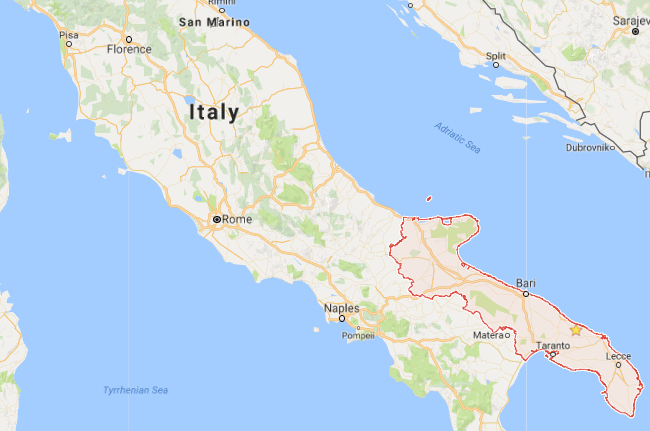
The region’s white washed ancient architecture, sprawling groves of olive trees dotted with repurposed farm houses, cliff and rock formations, sandy white beaches, and abundant produce alchemize to form a truly enchanting atmosphere. And since tourism–at least on an international level–hasn’t totally blown up yet, many things are still relatively cheap compared to other Italian hotspots.
This was the route I took, as the crow flies.
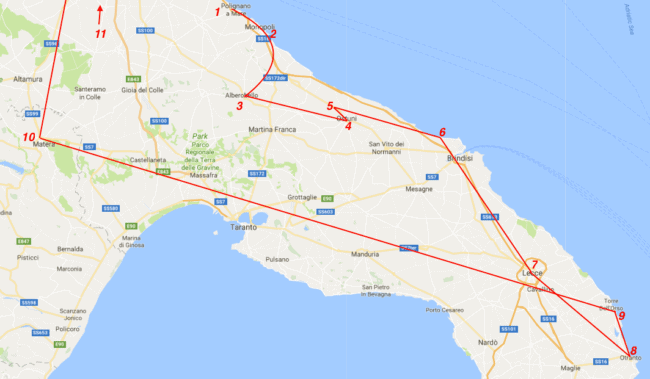
- Polignano a Mare
- Spiaggia di Porto Verde (outside of Monopoli)
- Alberobello
- Ostuni
- Masseria il Frantoio (outside of Ostuni)
- Torre Guaceto
- Lecce
- Otranto
- Torre Sant’Andrea
- Matera
- Bari, the departure point
- In Trip Report: Puglia (Apulia) Italy Part I, I covered my first four stops: Polignano a Mare, Spiaggia de Porto Verde, Alberobello, and Ostuni.
- Today in Part II, I’ll cover the next three stops: Masseria il Frantoio which was right outside Ostuni, the beach of Torre Guaceto, and the historical city of Lecce.
- I wasn’t expecting to have to break this trip report into three posts, but it looks like I’m going to have to! The final three destinations and a little about leaving Puglia on a ferry to Croatia are covered in Trip Report: Puglia (Apulia) Italy Part III.
Masseria il Frantoio
A masseria is a a large stone building (or set of them) that served as the home and storage on a farm. They are characteristic of Puglia but can also be found in other regions of Italy.
These hundreds of years old farmhouses, many of which were abandoned over the course of time, are being updated and repurposed into charming bed and breakfasts and in many cases, like that of Masseria il Frantoi, also a restaurant serving seriously impressive food from the property’s own organic farm.
While reasonable for a couple, most of the rooms at the masseria I was seeing online were over my budget as a solo traveler. I opted to visit one with a fantastic culinary reputation so I could still have the experience–just for less.
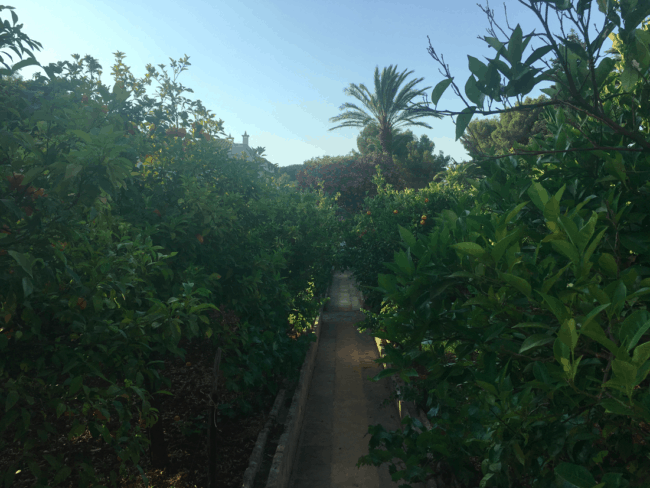
The manager of Masseria il Frantoio, Luciano, offered a tour of the grounds before dinner, explaining the history of the farm and home which dates back to the beginning of the 16th century. The basement of the old farmhouse used to serve as an olive oil press. The remnants of the process remain but production has been moved off the grounds since. Their olive oils I tried were all fantastic.
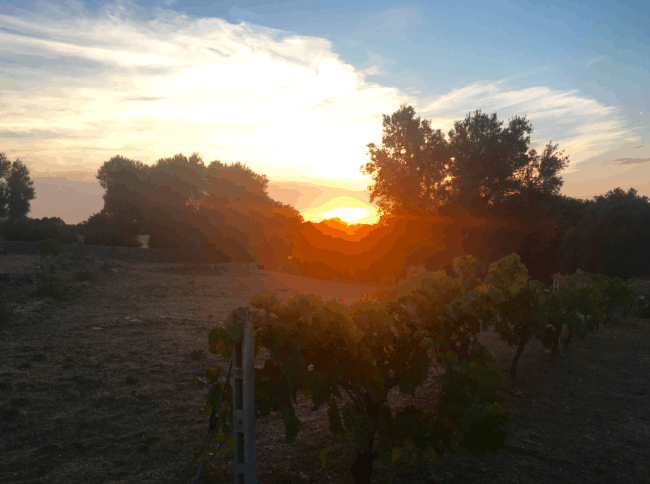
The surrounding organic farm produces a bounty of fruits, vegetables, and grain.
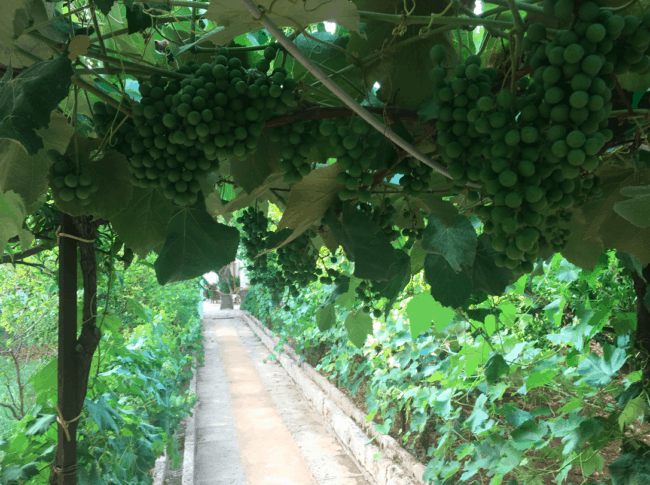
Inside the masseria, a common area pictured below is eclectically decorated with old farm tools and movie prints and stocked with a record player and records spanning from the 40s through the 80s. In my mind, that’s a perfect place to take a break from the Puglian heat. The entire home, made of stone and painted white, stays cool despite climbing temps.
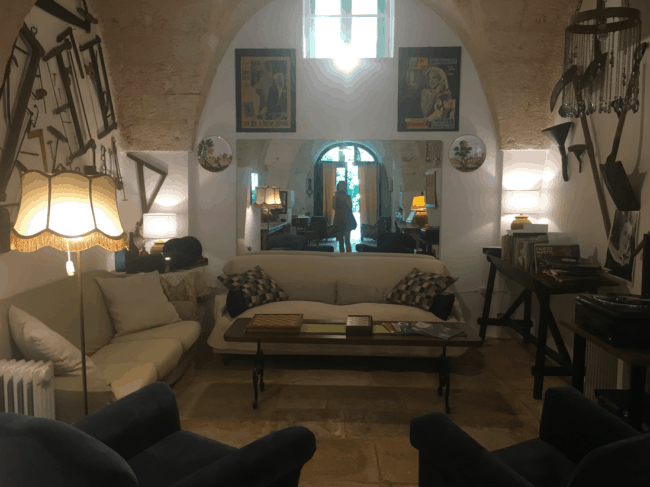
After the brief tour, I ate dinner in the magical ambience of the courtyard in front of the main house.
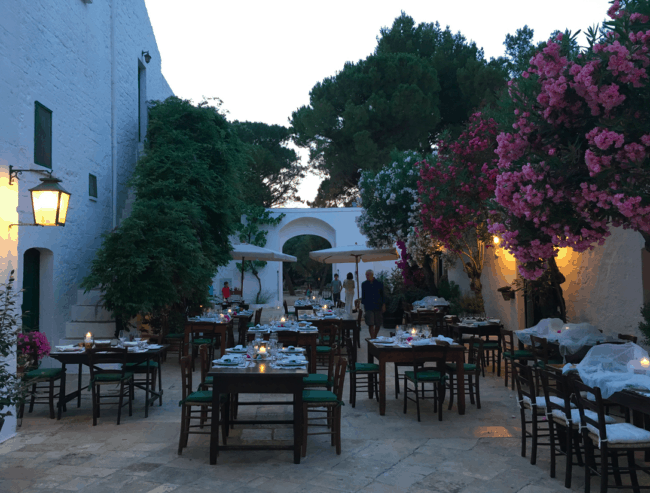
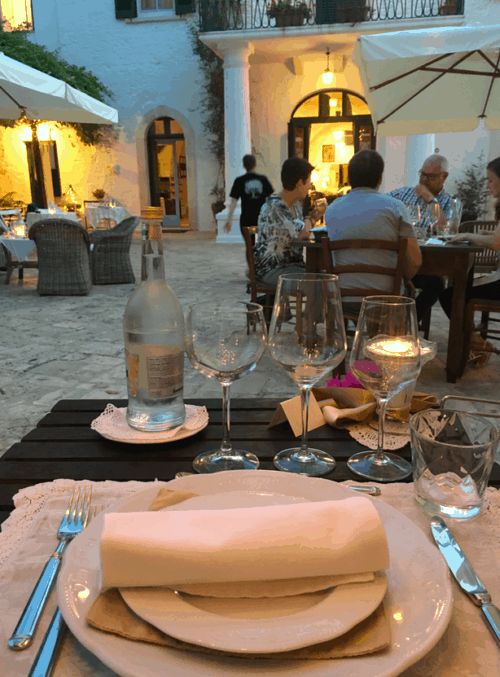
For 55 Euros, you get an eight course meal with wine pairings, which for the setting and quality is a bargain. All of the dishes I tried were delectable, and the wine was top notch. The food includes all types of vegetables, fruit, grains, seafood, and meat, but leans towards veggie heavy dishes as Puglia is known for its produce. Vegetarians and vegans, Puglia–and especially this masseria—will not let you down.
I enjoyed the meal so much I forgot to take pictures of it, aside from this shot of a wine I particularly liked.
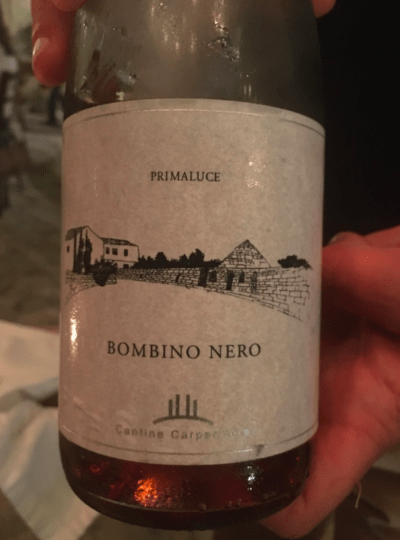 The dish that stands out the most in my memory is luckily also pictured on their website: Long, skinny string green beans perfectly blanched for a texture much like al dente pasta, and wrapped to look like it as well, topped with a fresh tomato and basil pomodoro and parmesan cheese. It was simple and fresh, the kind of food I prefer more than any other, yet creative at the same time.
The dish that stands out the most in my memory is luckily also pictured on their website: Long, skinny string green beans perfectly blanched for a texture much like al dente pasta, and wrapped to look like it as well, topped with a fresh tomato and basil pomodoro and parmesan cheese. It was simple and fresh, the kind of food I prefer more than any other, yet creative at the same time.
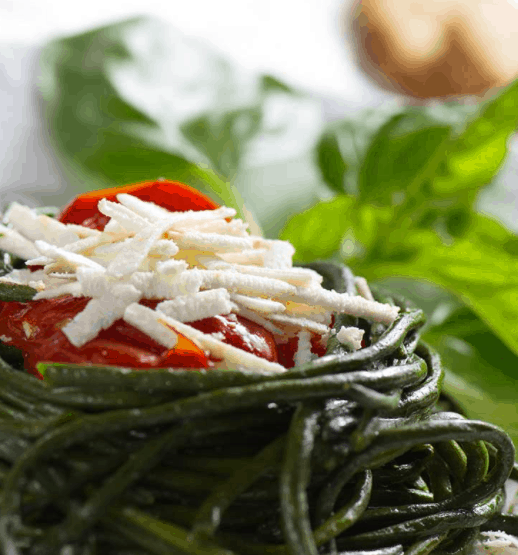
By the end of my meal I was so enchanted with the place that I decided I would stay, especially when I learned of a smaller, discounted room available for one. I spent the next day relaxing by their pool in the back of the property nestled amongst the olive trees.
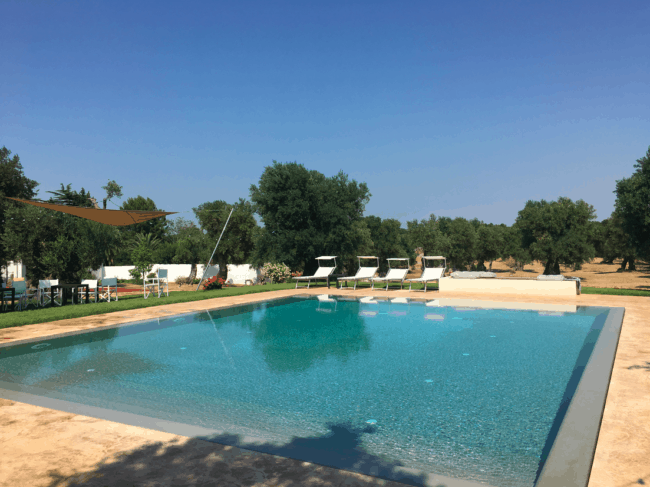
One night turned into two when I learned that those staying at the hotel can choose a lighter coursed dinner for significantly less…
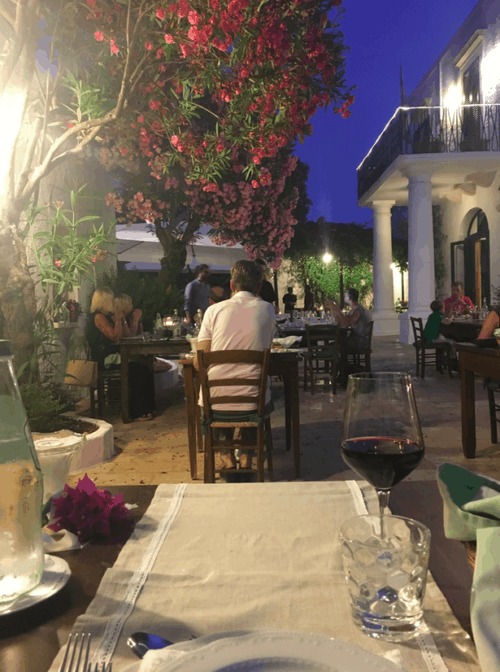
..but the next day I had to cut myself off. Masseria il Frantoio was my version of paradise. Alas, I had rented a car and there were other places to explore, so I pushed on to my next destination.
This is an honest and unbiased review of Masseria il Frantoio. I paid for everything during my stay. I realize this review probably reads like an advertisement but that’s only because the property, the restaurant, and the customer service truly deserves it. I want to extend a big thanks to the exemplary manager Luciano, who immediately made me feel at home. You rock at your job!
Masseria il Frantoio’s location is also killer as a home base to explore the surrounding region as it’s only a 10 minute drive to Ostuni, and a 40 minute drive to Alberobello–not to mention a number of other cute towns and beaches.
I could not recommend a specific destination more highly.
Torre Guaceto
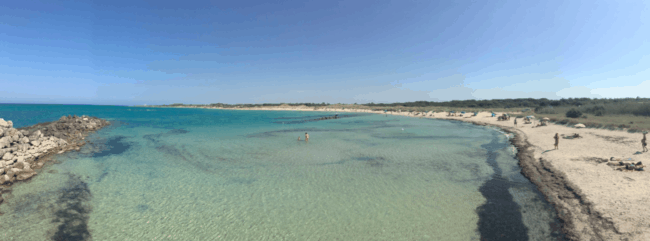
Located in a nature reserve/protected marine area, the beach of Torre Guaceto is named after a tower on its shores. The sandy coastline stretches about 8 km. Thank to its protected status, Torre Guaceto is refreshingly free of development.
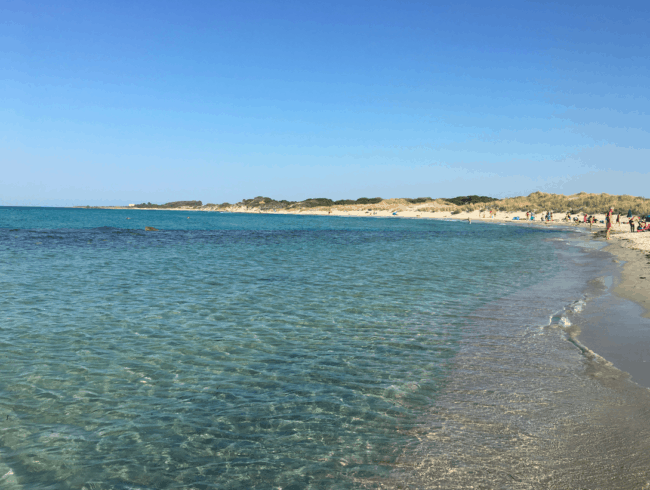
This isn’t a beach you can drive right up to, so don’t expect amenities. En route and close but before I actually arrived to Torre Guaceto, I was was stopped by someone who looked like they worked with the nature reserve and was directed towards a parking lot. I left my car there, hopped on a bus that was waiting in the parking lot, and took a 10/15 ride to the beach. You’ll need to walk a bit from where you get dropped off by the bus, but not much, unless you want to be totally alone like I did. I walked for about 30 minutes on the beach to a totally secluded spot.
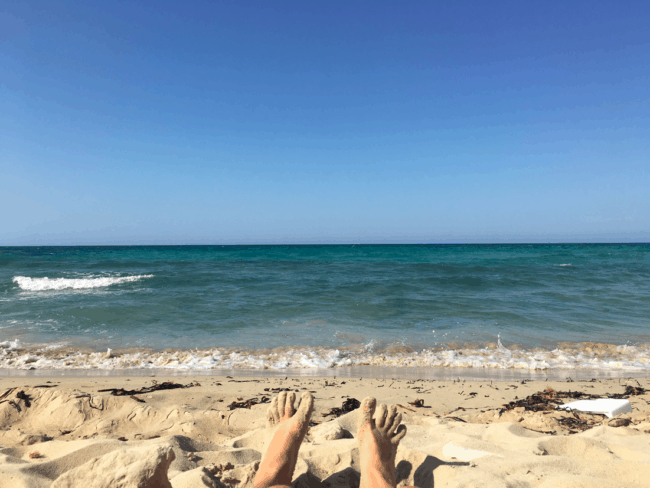
Nature lovers who don’t mind roughing it a bit and desire peace and quiet will be suited to Torre Guaceto. It was by far the least crowded beach I visited in Puglia.
Lecce
I spent an afternoon at Torre Guaceto and then drove on to the city of Lecce. To beat the heat and marvel at the baroque accomplishments of architects past in a warmer light, I aimed to arrive about an hour and a half before sunset. Mission accomplished.
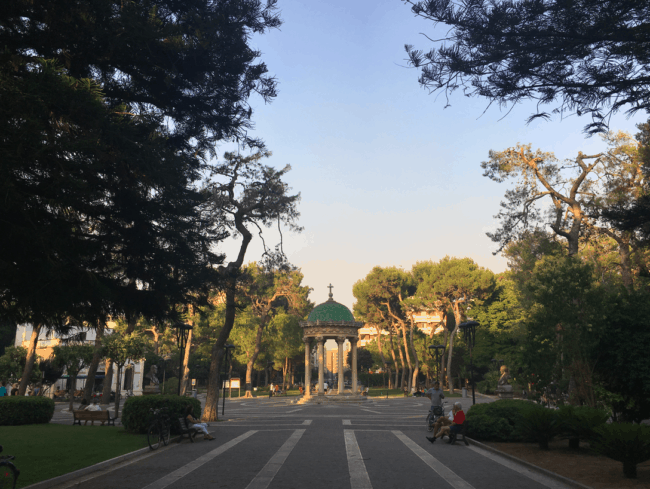
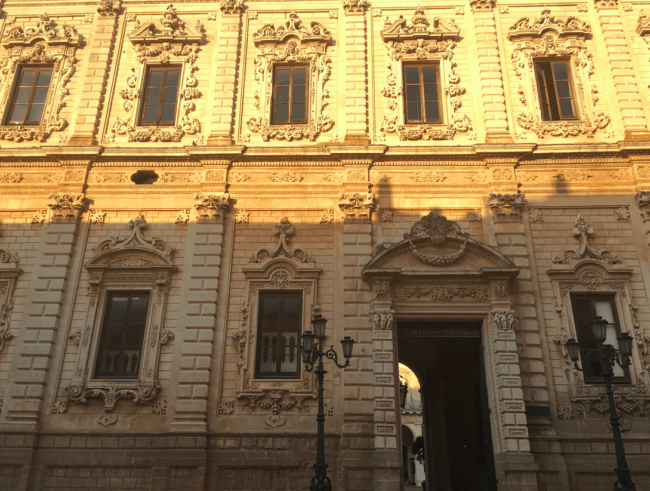
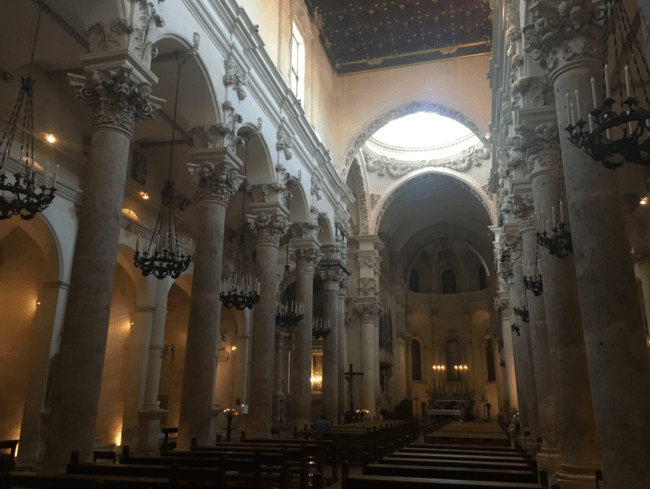
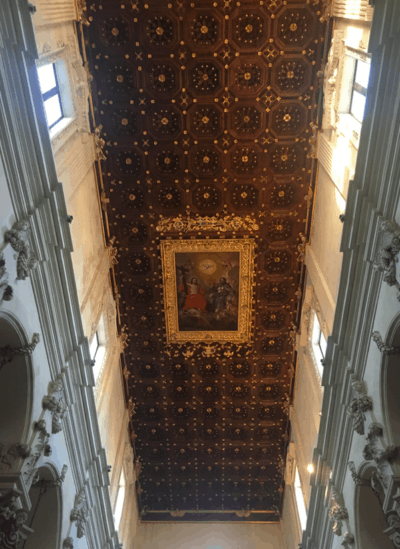

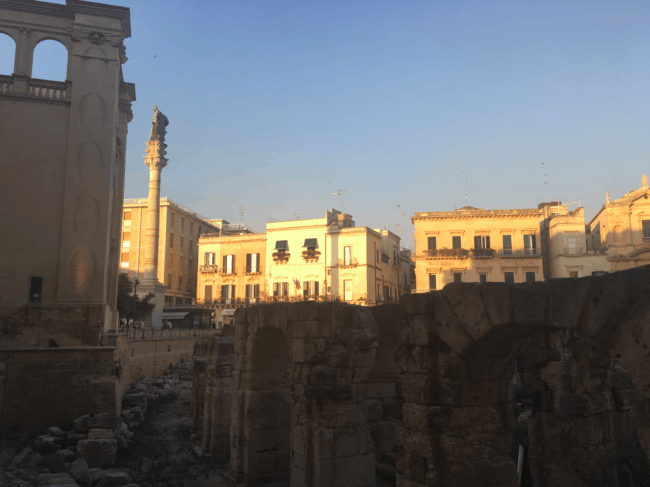
Peaking into alleys and storefronts gave me a grounding sense of everyday life after a lot of time on the go.
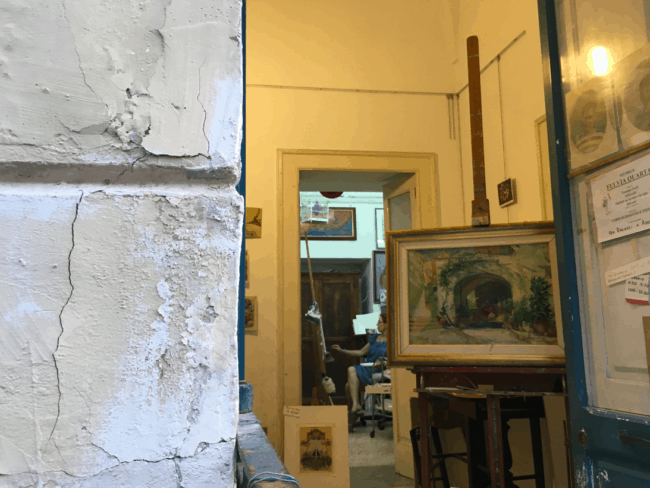
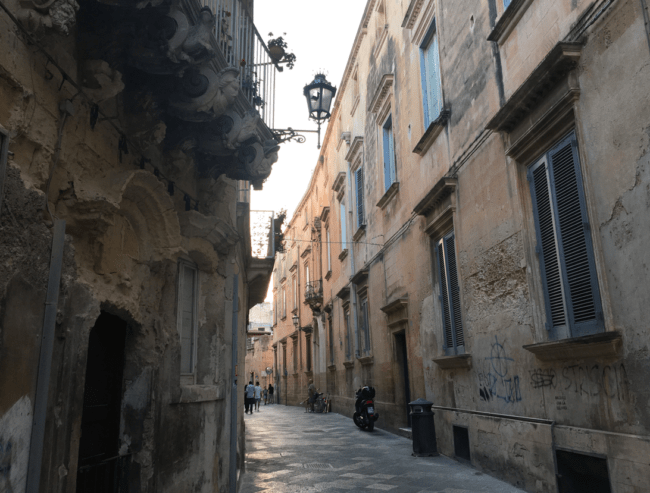
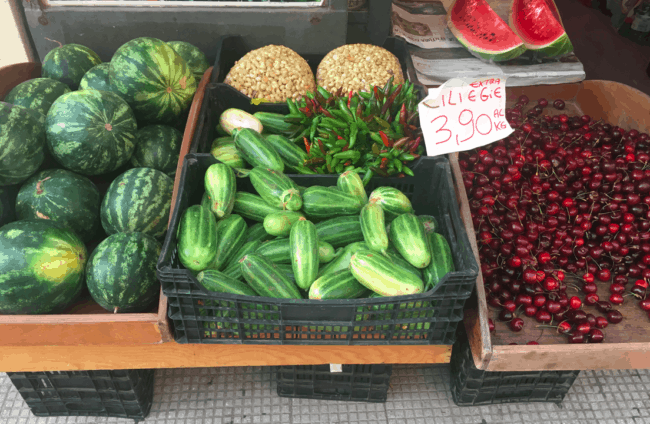
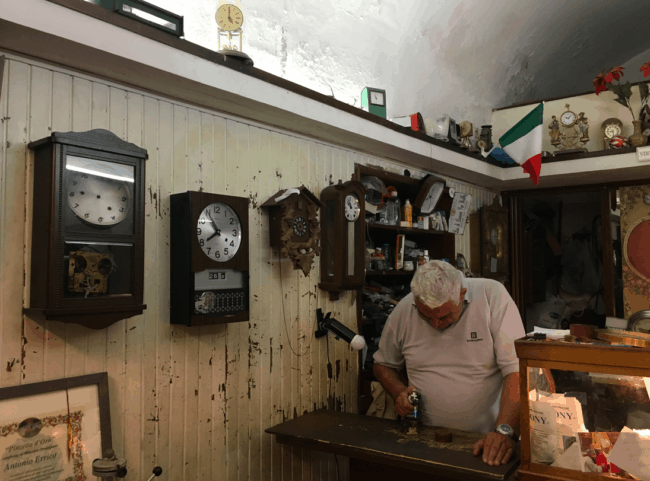
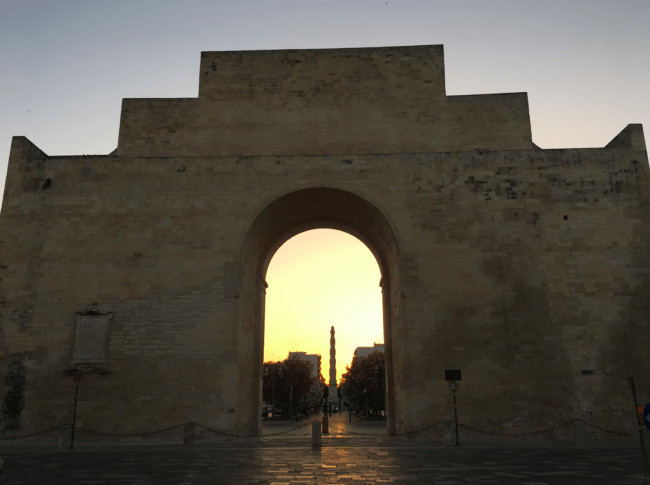
After perusing the city I sat down for dinner at a place that I won’t name here as it wasn’t memorable. Perhaps if I hadn’t already had such amazing Italian food at that point I wouldn’t have felt this way but my standards were growing every day.
I’ll leave you with a general tip about eating in Puglia instead: Don’t leave Puglia without trying the region’s traditional pasta dish, orecchiette. While the little ear shaped pastas would be more difficult to avoid than to forgo eating, I figured it was worth reinforcing anyways. Orecchiette in Puglia is typically hand made and always AWESOME.
Coming up in Trip Report: Puglia (Apulia), Italy Part III
I’ll cover the final portion of my trip which I spent in/around..
- Otranto, the eastern most point in Italy, a charming town full of churches along a coast of cliffs, caves, and turquoise water
- Torre Sant’Andrea…I’ll let a picture speak for itself…
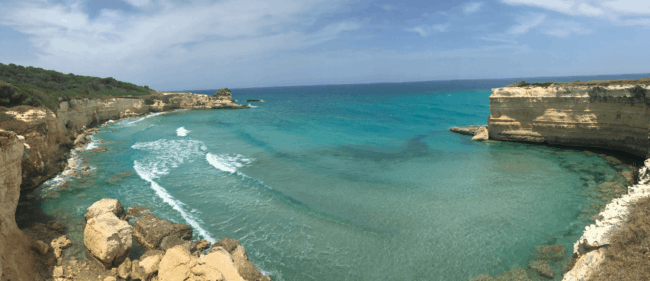
- And finally Matera, a UNESCO World Heritage site, with ancient cave dwellings called Sassi that form the base on which the town was built on top of (actually in Basilicata, not Puglia)
Stay tuned for the final installment of this series and tips on the best miles and points for making this dreamy trip a reality!


[…] Trip Report: Puglia (Apulia) Italy, Part II […]
Hi, I am headed to Puglia in two weeks. Your first two posts are so helpful! Do you think you will have the third post up any time soon?
Glad to hear that and I’m jealous you’re going to Puglia 🙂
I published Part III a few days ago but just hadn’t updated this post with the link to it. Just did, so you should easily be able to find it! Here’s the link again: https://milevalu.wpengine.com/trip-report-puglia-apulia-italy-part-iii/.
Buon viaggio!
Thanks!
[…] Trip Report: Puglia (Apulia) Italy Part II […]